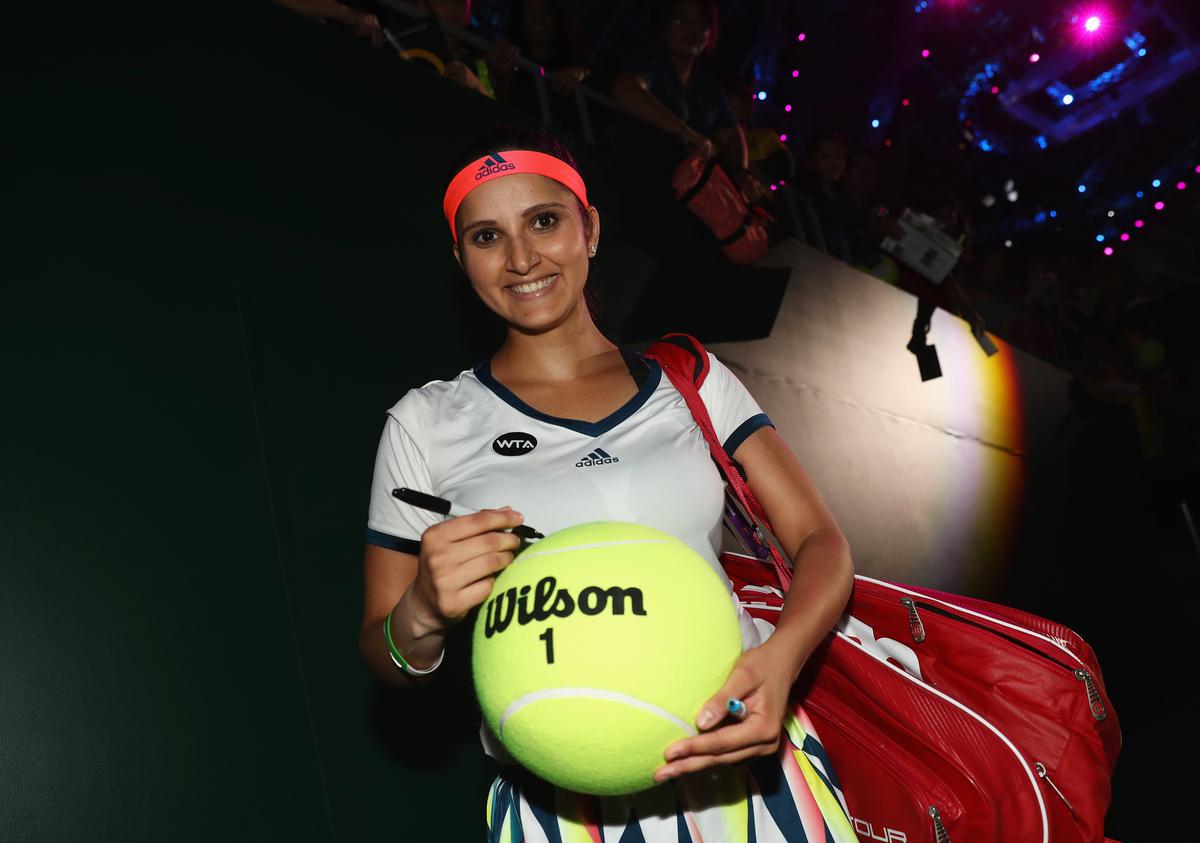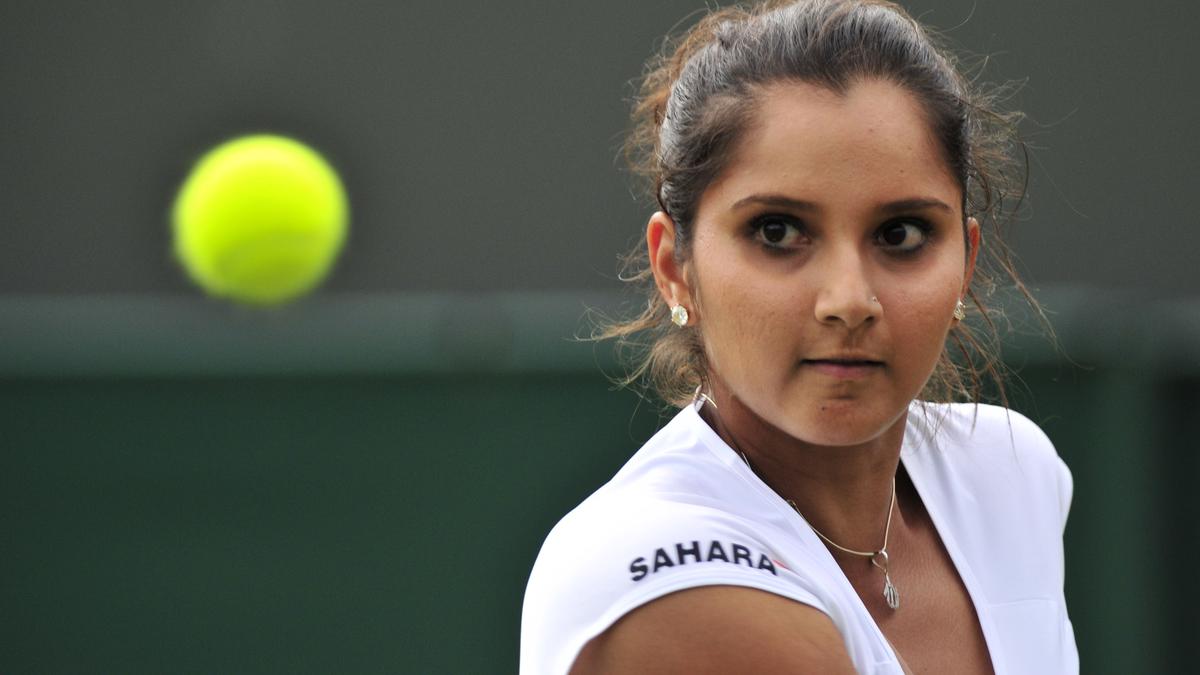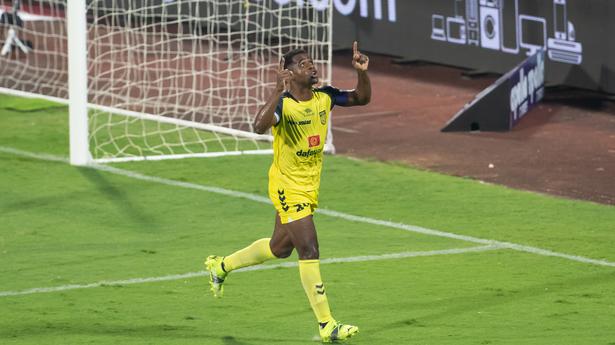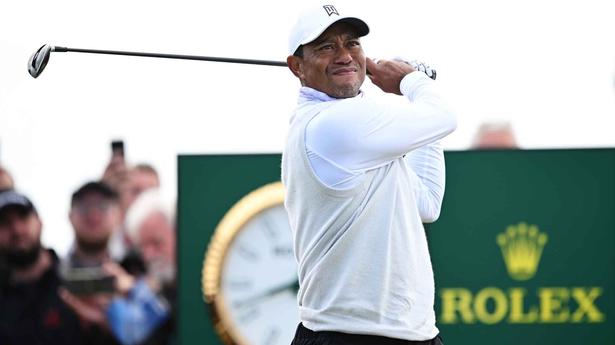Right approach: Sania Mirza’s unflinching and brave attitude paid rich dividends.
| Photo Credit: AFP
For a professional athlete, every day is an exercise in the impossible. Doubts creep, demons rage, the body wears and you lose way more than you win. To maintain a veneer of stoicism, remain fuss-free on and off the pitch, have a perspective and codify the path to glory is a task beyond most.
Sania Mirza managed to do this for nearly two decades, in a lonely, mentally taxing and physically draining sport. She didn’t quite obliterate everyone on a tennis court. But at her peak, she rose above the rest and still towers above every other Indian women’s tennis player.
Sania first shot to prominence after the turn of the millennium when the Williams sisters – Venus and Serena – playing with hitherto unseen power and strength, and all-round shot-making, were changing the game. For legions of Indian fans, who fantasised watching the touch artists glaze around pristine grass courts, it was a brush with new reality.

India’s global icon: Sania Mirza has inspired a generation of tennis players.
| Photo Credit:
GETTY IMAGES
But Sania didn’t flinch, and with her in-your-face attitude percolating to her tennis, she reached the third round at the Australian Open in 2005 on her Slam singles debut. She was neither balletic nor blessed with fast feet, but she hit ferociously, especially the forehand, and possessed the innate ability to overcome extreme nerves.
Sania peaked at No. 27, the highest for an Indian woman, and for a large portion of a four-year period (2005-08), she was in the top-32. Between February 2005 and September 2006, she clinched her lone WTA title (Hyderabad) and earned three top-10 wins.
‘Absolutely iconic place’
“That she was in the top-30 in singles, apart from all the doubles highs later, puts her in an absolutely iconic place,” reputed coach Nandan Bal told The Hindu last year when Sania first announced her intention to retire.
“More than anything, she was one player who played better as the match got closer and tighter. I mean, she was ready to take on the world, a girl who was not afraid of anything.”
In mid-2012, a persistent wrist injury forced her to switch to doubles. But she strutted on, inventing newer ways to excel. Quick reflexes, magic hands and fast anticipation are prerequisites in elite doubles, and winning streaks are as tenuous as a house of cards.
Yet, she spent 91 weeks as the World No. 1, won six Grand Slam titles (three in doubles and three in mixed doubles) to go with six runner-up finishes, including at the 2023 Australian Open, her last Major appearance, three full years after her return from maternity.
Longevity
If her 43 WTA doubles titles spread over 17-and-a-half years (2004-21) spelt longevity, the back-to-back WTA Finals crowns (2014 and 2015) was evidence of the stratospheric levels of tennis she could reach.
“When we chose to play tennis professionally, a lot of people asked our parents what they were doing and said we couldn’t make careers,” recalled Ankita Bhambri, Sania’s peer, teammate and once a coach in India’s Billie Jean King Cup team.
“Now people are willing to take that risk [because of Sania]. They don’t hold back just because they are girls. There was motherhood and that was a huge inspiration. She has definitely shown everyone the way.”






